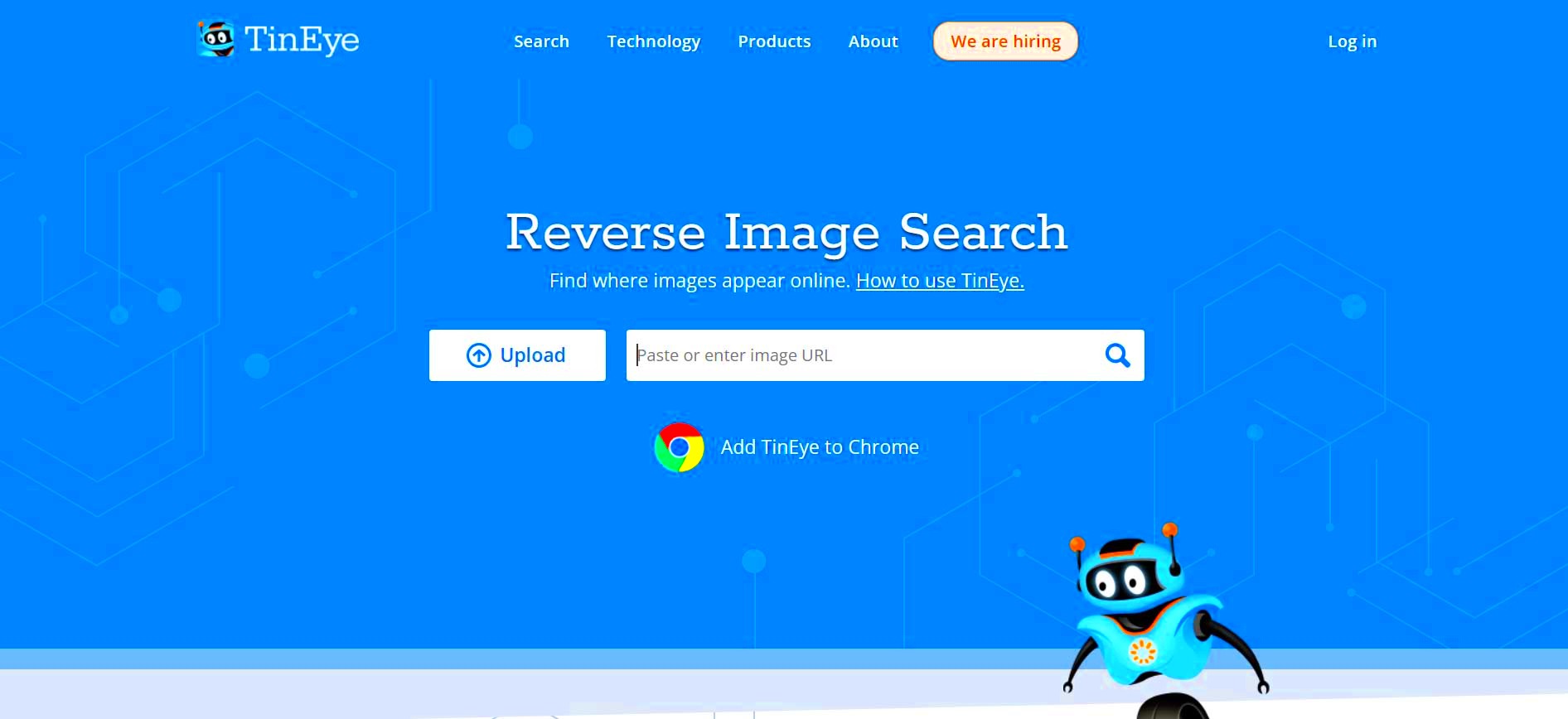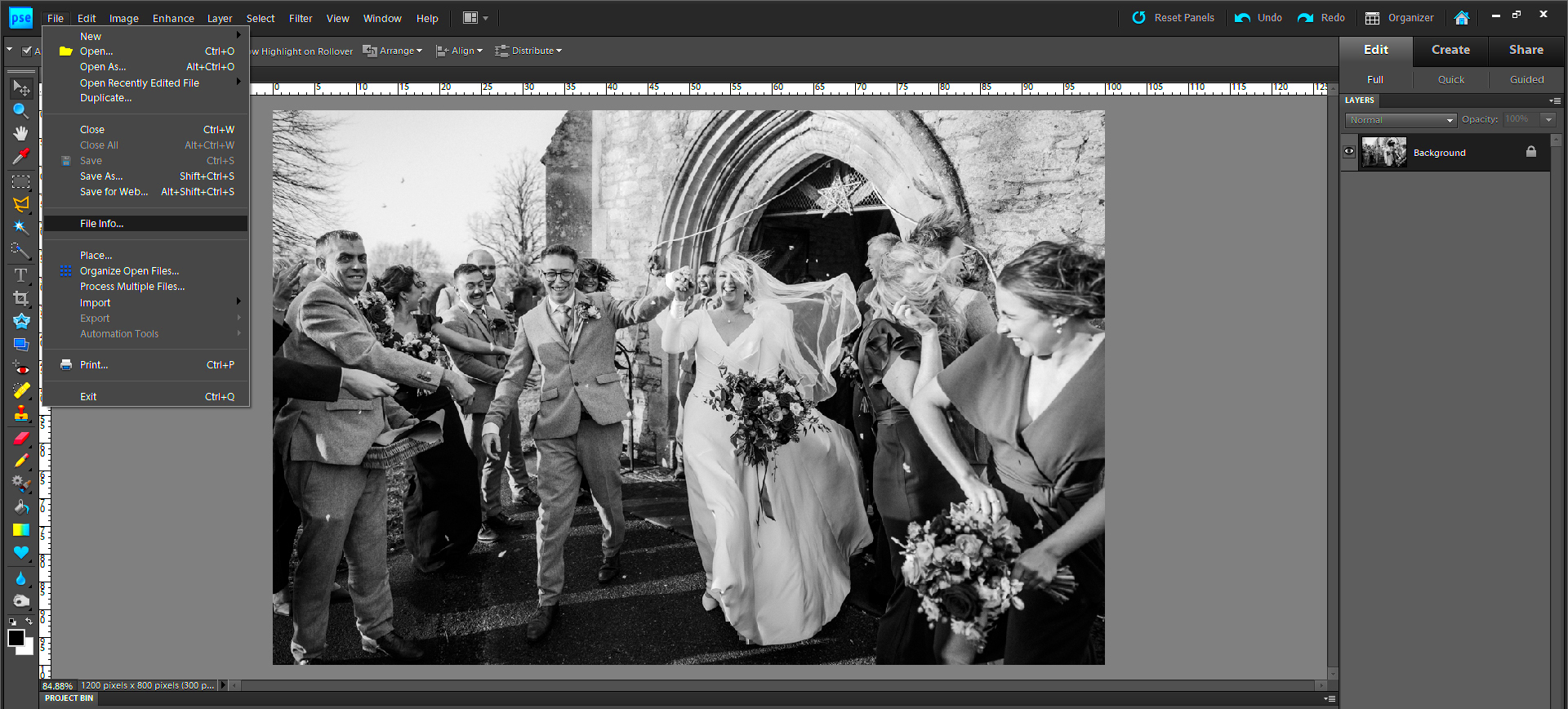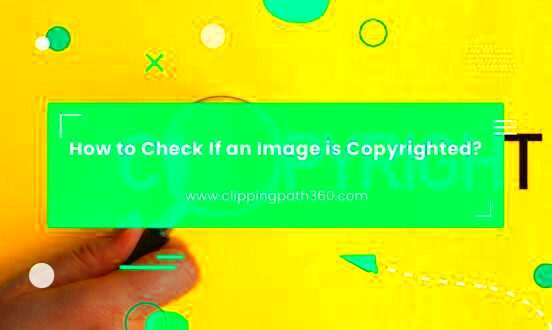When you're browsing the internet or working on a project, it’s easy to come across images that you want to use. However, it's essential to understand the copyright status of these images before using them. Not all images on the web are free to use. Some are protected by copyright laws, which means using them without permission could result in legal consequences.
In this post, we’ll explore how you can check an image’s copyright status. By understanding the basics of copyright and knowing where to look, you can safely use images without worrying about legal issues.
What is Image Copyright and Why it Matters

Image copyright refers to the legal right of the creator or owner of an image to control its use. This right gives them the power to decide how their
Here’s why it matters:
- Protecting Creativity: Copyright helps protect the efforts and creativity of the artist or photographer. Without copyright, anyone could steal their work and use it without compensation.
- Avoiding Legal Issues: Using copyrighted images without permission can lead to costly legal disputes. It's crucial to make sure the images you use are either free for use or that you have obtained the right licenses.
- Ethical Considerations: Respecting copyright ensures that creators are properly credited for their work. It promotes a fair and sustainable creative environment.
Understanding copyright is key to using images responsibly and legally. Whether you're working on a blog, social media posts, or a marketing campaign, always check the copyright status before using any image.
Also Read This: Create Your Own Behance Portfolio with a Personalized URL
How to Check Image Copyright Status

Checking the copyright status of an image is relatively straightforward, but it requires some attention to detail. Here are the main methods to determine if an image is copyrighted:
- Look for a Copyright Notice: Some images will have a visible copyright symbol (©) along with the creator’s name and the year of creation. This is a clear sign that the image is copyrighted.
- Check Image Licensing Information: Many websites where images are sold or shared, such as stock image sites or photography platforms, will provide clear licensing details. This tells you what you can and can’t do with the image.
- Use Reverse Image Search: Tools like Google Images or TinEye allow you to upload an image and search for its origins online. This can help you determine whether the image is widely used and if the creator’s information is available.
- Visit the Image Source Website: If you find an image on a blog, stock image platform, or social media, check the website’s usage terms. Some sites offer free images under Creative Commons licenses, while others might require you to pay for a license.
By using these methods, you can ensure that you’re respecting the rights of the image creators and avoiding any legal trouble. Always make sure to read the licensing agreements carefully, as they will provide clear instructions on how you can use the image.
Also Read This: Cutting Larger Images (Over 12×12) on Cricut Machines
Using Foap for Image Copyright Information
Foap is a popular platform that connects photographers with individuals or businesses in need of high-quality images. Whether you're a photographer or someone looking to purchase images, Foap provides clear licensing information, ensuring you can use images legally. Understanding how to use Foap for checking copyright status is crucial for avoiding any legal trouble.
Here’s how Foap helps you with copyright information:
- Clear Licensing: Every image uploaded to Foap comes with detailed licensing terms, so you know exactly how the image can be used—whether it's for personal, commercial, or editorial purposes.
- Safe and Legal Use: When you purchase an image from Foap, you’re granted a license to use it legally, avoiding copyright infringement issues.
- Simple and Transparent: Foap’s platform is designed to be user-friendly, so checking image licensing details is straightforward. Each image includes the relevant licensing terms, making it easy to understand how you can use the image.
- Protecting Creators’ Rights: Foap ensures that photographers are compensated for their work and their copyright is respected. By purchasing from Foap, you are supporting the original creators.
In summary, Foap makes it easy to find images with clear copyright status and ensures you’re using images legally. It’s a great option for anyone needing quality images while respecting copyright laws.
Also Read This: How to Remove Transparent Backgrounds from iStock Images
What to Do if an Image is Copyrighted
If you find an image that is copyrighted and you want to use it, don’t worry! There are several ways you can legally access and use the image without facing legal consequences.
Here’s what you can do if an image is copyrighted:
- Seek Permission: Contact the copyright holder (usually the photographer or the website owner) and ask for permission to use the image. They may charge a fee or provide terms for use.
- Purchase a License: Many images are available for purchase through stock image websites or platforms like Foap, Shutterstock, or Adobe Stock. Purchasing a license gives you the legal right to use the image under the agreed terms.
- Use Images Under Creative Commons: Some images are available for free under Creative Commons licenses. Make sure to check the license terms, as some may require attribution or limit commercial use.
- Find Alternatives: If obtaining permission or purchasing a license isn’t an option, consider looking for images with similar content that are free for use. There are many resources available for finding royalty-free images.
By following these steps, you can legally use copyrighted images without getting into trouble. Just remember that respecting copyright is crucial in maintaining ethical and legal standards online.
Also Read This: How to Sell My Stock Footage to Adobe Stock
Free Image Resources and How to Use Them Legally
Many websites offer free images that you can use legally for personal or commercial projects. These images are either copyright-free or licensed under terms that allow free use, such as Creative Commons licenses. Knowing where to find these resources and how to use them legally is important for any project.
Here are some popular free image resources and how to use them:
- Pexels: Pexels offers high-quality, free stock photos and videos that can be used for personal and commercial purposes without attribution. Just make sure to check individual image licenses for any exceptions.
- Unsplash: Unsplash provides a vast collection of free images under a generous license, allowing for both personal and commercial use. However, images cannot be sold or redistributed without significant modification.
- Pixabay: Pixabay offers images, illustrations, and videos that are free for use without the need for attribution. Some images might have additional restrictions, so it’s always best to double-check the license terms.
- Public Domain Archives: Some websites offer images that are in the public domain, meaning they are not protected by copyright and can be used freely for any purpose.
While these resources provide images that are free to use, it’s always important to read and understand the license terms for each image. Some images may require attribution, restrict commercial use, or have other limitations.
By using these free image resources, you can legally find images for your projects without the worry of copyright infringement. Just be sure to always verify the image's license to ensure you are using it correctly.
Also Read This: how much can you make using adobe stock as contributor
Common Copyright Issues and How to Avoid Them
When using images for personal or business purposes, copyright issues can arise if you're not careful. Understanding common pitfalls can help you avoid legal complications and ensure that you're respecting creators' rights. Let's explore some of the most frequent copyright issues and how to sidestep them.
Here are some common mistakes people make when it comes to image copyright:
- Using Images Without Permission: One of the biggest mistakes is using images without the necessary license or permission. This can lead to copyright infringement and legal consequences. Always ensure you have the proper rights to an image before using it.
- Ignoring License Terms: Even if you have permission to use an image, it's essential to understand the terms. Some licenses restrict the use of images for commercial purposes, while others may require you to give credit to the creator. Failing to adhere to these terms can result in penalties.
- Misunderstanding Fair Use: The concept of "fair use" allows you to use copyrighted works without permission in some cases, such as for commentary or education. However, this can be complex and varies by jurisdiction. Misapplying fair use can lead to legal trouble.
- Relying on "Free" Images Without Verifying Copyright: Just because an image is marked as "free" or "public domain" doesn't always mean you can use it without restrictions. Always check the licensing terms to ensure you're allowed to use the image the way you intend.
To avoid these issues, always check the copyright status of images and carefully read any licensing agreements. If in doubt, consider using reputable stock image platforms or seeking permission from the image creator directly. By being proactive, you can prevent copyright disputes and use images legally and ethically.
Also Read This: How Much Ideal Image Services Cost
Conclusion and Final Thoughts
In conclusion, understanding image copyright is essential for anyone using photos or other visual content online. By taking the time to check the copyright status of an image and ensuring that you have the right to use it, you can avoid legal issues and respect the work of creators.
Whether you're using images for personal projects, blogs, social media, or business purposes, always remember to:
- Check the copyright status of images before use.
- Obtain proper licenses or permissions when necessary.
- Use free image resources responsibly and according to their terms.
With the right knowledge and tools, you can confidently use images while protecting yourself and respecting others' rights. When in doubt, always consider reaching out to the creator or using licensed stock images to stay on the safe side.
FAQ
1. How do I know if an image is copyrighted?
To check if an image is copyrighted, you can look for a copyright notice or licensing details on the website where you found the image. Alternatively, you can use reverse image search tools like Google Images or TinEye to trace the image’s origin and find any licensing information.
2. Can I use an image from Google search?
No, you should not use images directly from Google search without verifying their copyright status. Many images on Google are copyrighted, and using them without permission could lead to legal issues. Always check the source website and licensing terms.
3. What is a Creative Commons license?
A Creative Commons license is a type of open license that allows creators to grant permission for others to use their work under certain conditions. Some Creative Commons licenses may require attribution, limit commercial use, or restrict modifications. Always check the specific terms before using an image.
4. Can I use free stock images for commercial purposes?
It depends on the license. Many free stock image sites, like Pexels and Unsplash, allow commercial use without restrictions. However, always check the specific image's license to ensure it's allowed, as some images may have certain limitations.
5. What should I do if I accidentally use a copyrighted image?
If you accidentally use a copyrighted image, the first step is to remove it immediately. If possible, reach out to the copyright holder and apologize, offering to compensate them or take the image down. In many cases, resolving the issue promptly can prevent legal action.

 admin
admin








